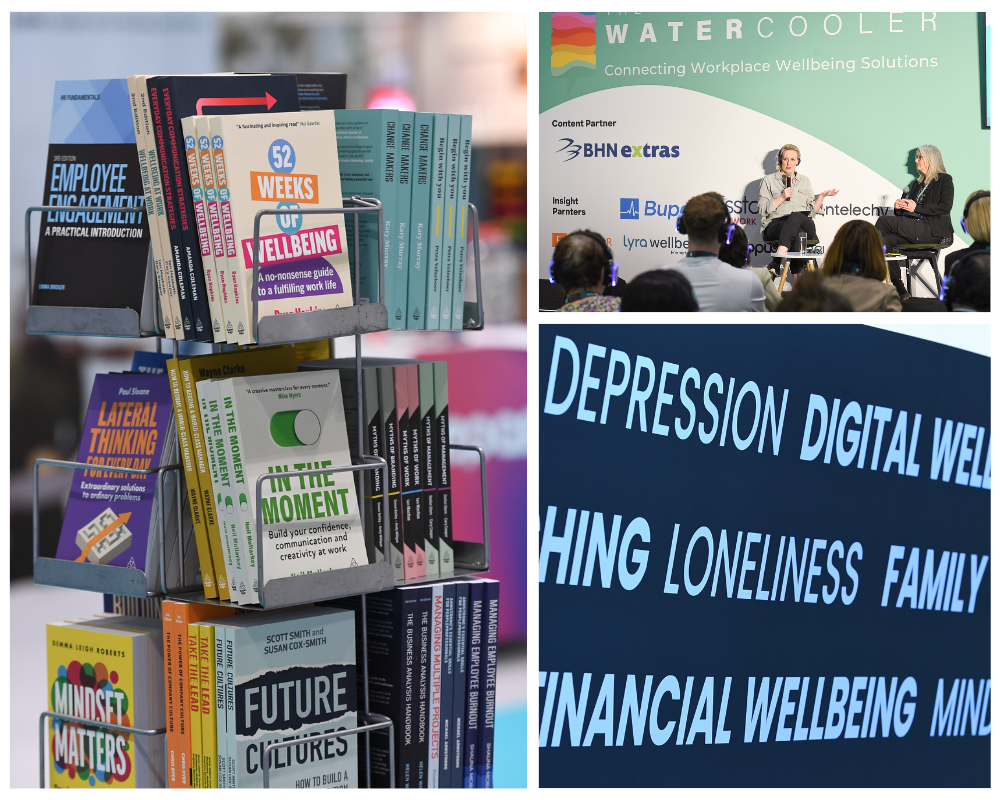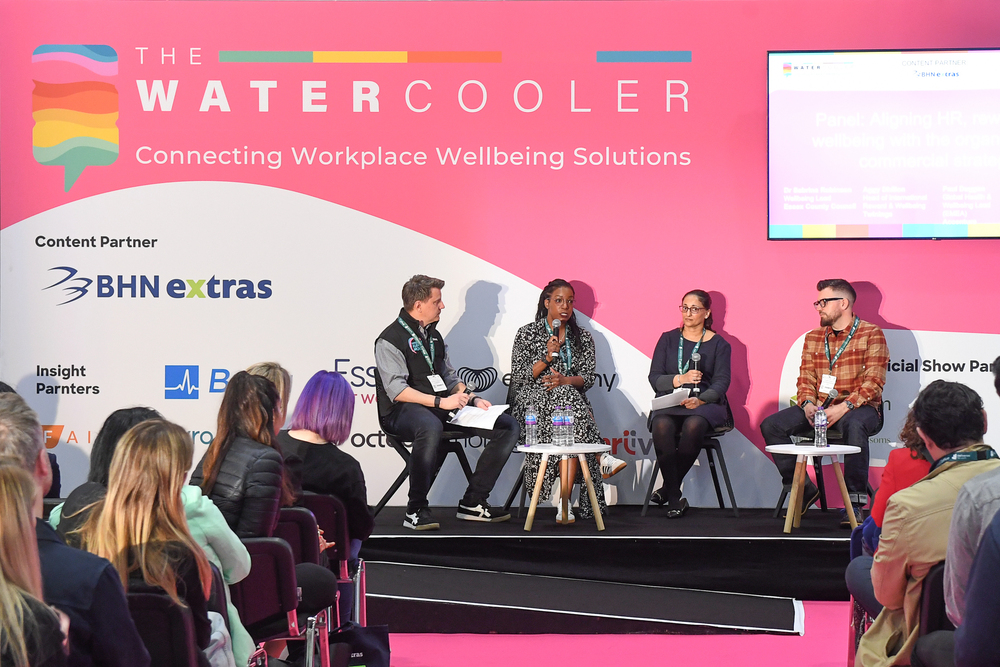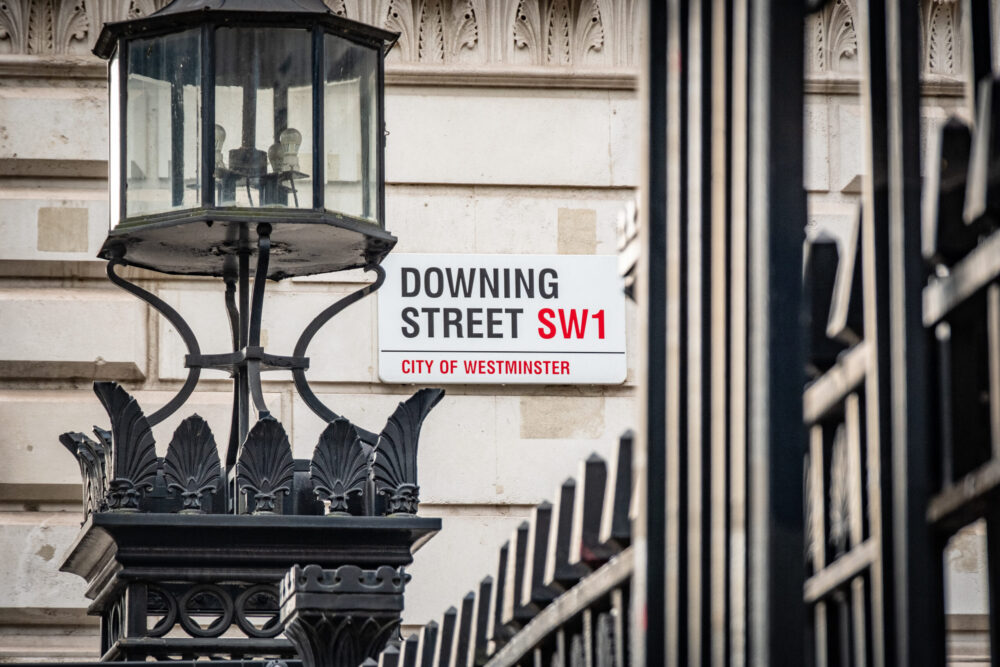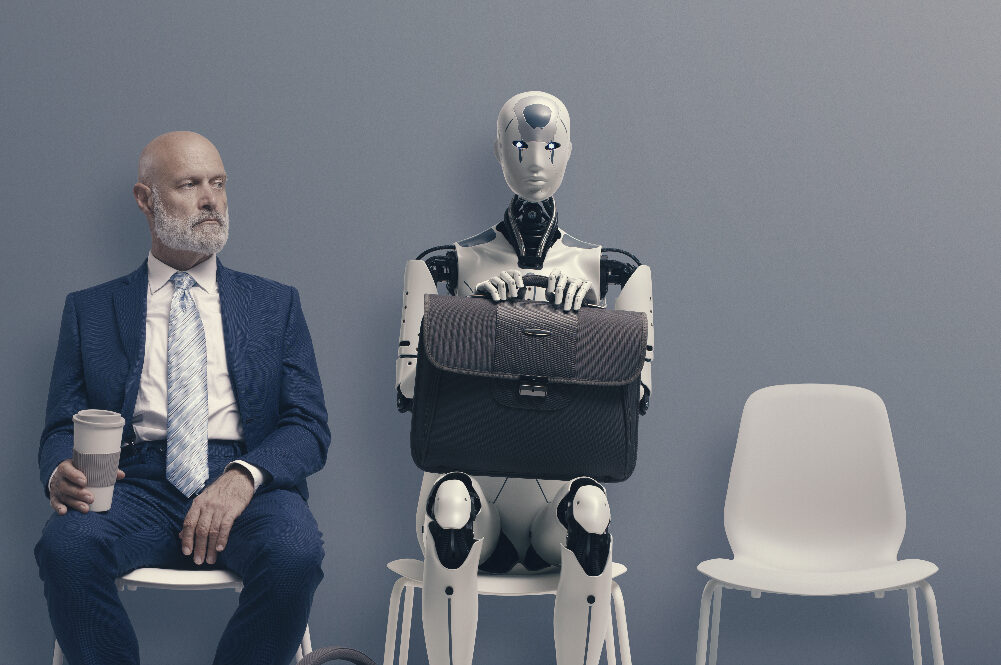Going Global With Workplace Wellbeing
Have you been charged with rolling out your workplace’s mental health and wellbeing programme with international colleagues? If you have, you may be realising that it’s easier said than done.
Many multinationals trying to implement an international health and wellbeing strategy struggle due to cultural and legal practices. That’s because global wellbeing strategies are often biased towards where decisions are made, rather than where they’re implemented.
Here are some tips for rolling out a successful multinational health and wellbeing strategy, including insights from: Sir Ian Cheshire, Chairman, Barclays UK; Dr Kai Haas, Head of Occupational Health and Wellbeing, Airbus and Marcus Hunt from his time as Unilever’s European Health & Wellbeing Manager.
Thinking global, acting local
In this article Virgin Pulse explain that an international wellbeing strategy needs to be balanced with knowledge of complex regional landscapes. They advise creating country champions that help you to build a better picture of what life is like. And they stress that it’s important to respect those in this local network as providers of critical feedback, not purely implementers of your strategy.
Commenting on LinkedIn, Dr Kai Haas, Head of Occupational Health and Wellbeing at multinational aerospace corporation Airbus agrees. According to Kai, centralistic and micromanaging ‘one size fits all’ wellbeing progammes crush local engagement and lead to a ‘just tick the box’ mentality. He believes that you need a global framework to define strategic direction but that there needs to be local freedom to adapt to the local situation in order for it to be effective.
In his exclusive interview for Make A Difference News, Sir Ian Cheshire also revealed valuable insights. According to Sir Ian, rather than trying to put in place a global, uniform programme, you have to ask yourself: At the moment, in this country, what is the solution that will work?
He also recommends building a multi-level network in a country and finding local champions. Sir Ian suggests working with these champions to identify the most important thing that will move the dial the most, then giving it away to local teams to develop. And not expecting this to follow the same pattern country to country.
Navigating cultural complexities
Culturally countries are at very different starting points – particularly when it comes to talking about mental health. Sir Ian believes that the answer has to come from the people on the ground, who know what’s culturally possible and what isn’t. He cautions that the wrong message, delivered the wrong way, can be catastrophic.
For instance, when he ran the Anglo-French Business Kingfisher, Sir Ian was surprised that raising money for mental health charities was frowned upon as this is seen as the state’s work. In India, where Barclays have 20,000 people, it is not yet considered culturally acceptable to be talking about mental health, so there the focus is on destigmatisation and inclusion. In China, it’s less about focusing on the individual and more about groups working together.
Virgin Pulse point out in their article that the visual language of health and wellbeing is often inauthentic and fails to engage people locally. To overcome this, they suggest organisations should think of employees as customers and talk to them in a tone that’s personal and trusting.
In his presentation at our annual Summit in London, Dr Charles Lattarulo, Director of Behavioural Health with American Express explained that when the Healthy Minds programme was introduced in Mexico, it was clear that it would make sense to co-brand their initiatives at the outset, so people did not feel a new brand was being imposed on them.
Measurement matters
According to Virgin Pulse, to achieve local buy-in to mental health and wellbeing programmes, it’s also critical to give regional management the metrics they’re most interested in hearing about.
In the US metrics might centre on figures related to bringing down the cost of health insurance. However other countries might want to see numbers focused around increased productivity, employee engagement and talent acquisition.
Marcus Hunt, echoes these points in the LinkedIn post which he wrote when he was European Health & Wellbeing Manager at Unilever. In this role he covered 35,000 employees across Europe with differing wellbeing needs.
He explains that he aimed to deliver a programme that was sensitive to the local country needs. To achieve and gain real local insight, he worked with local leaders and champions and asked their opinion on what was needed.
Combining this insight with local wellbeing data, helped his team to build a programme that took into account the local focus, with messaging that met the local employees’ needs.
Marcus agrees that a wellbeing framework or strategy must be led by insights from data. He suggests that this could be from employee surveys, anonymous resource utilisation or from key delivery partners such as occupational health or insurance providers.
Pandemic progress: we’re thinking global
At our #Covid-19 HR Leaders’ roundtable, Megan Kille, People Business Partner for online luxury online fashion retailer Farfetch, explained that the pandemic has enabled the company to ‘Think Global’. Previously, despite best intentions, from a wellbeing perspective it was natural for the company to operate in local silos. However, the shared response to lockdown has broken down geographic and time zone barriers and is bringing everyone together as a community.
If the pandemic has made the world smaller, does this mean it will be easier to roll out truly global mental health and wellbeing programmes? I welcome your thoughts and questions. Feel free to email me at [email protected].
About the author
Claire Farrow is the Global Director of Content and Programming for the Mad World and Make a Difference Summits. She also drives the content for Make A Difference News. Claire is on a mission to help every employer – large, medium and small – get the insight, inspiration and contacts they need to make real impact on workplace culture, mental health and wellbeing in their organisation. She has been freelance for more than 15 years. During that time, she has had the honour of working with many leading publishers, including the New York Times
















